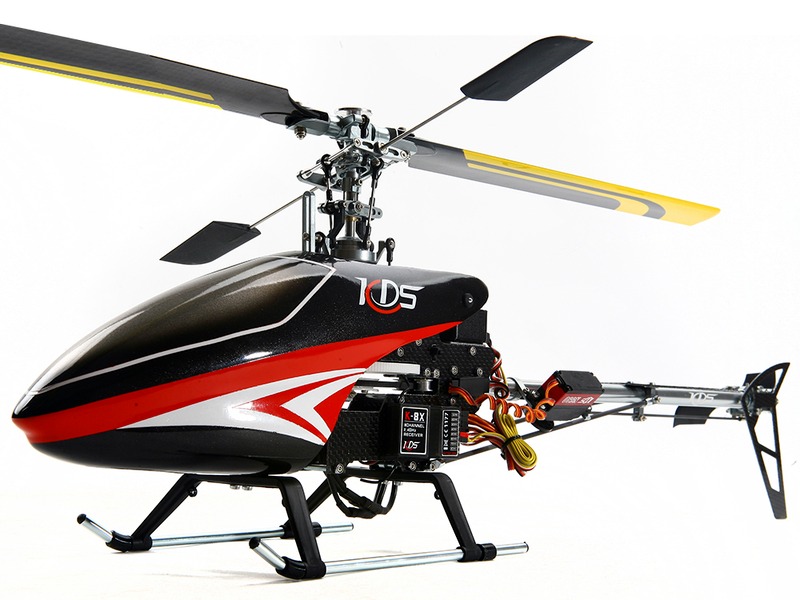Can RC helicopters fly in reverse?

Yes, RC helicopters can fly in reverse. However, this is not as easy as it sounds and requires a good amount of skill and practice.
When flying a RC helicopter, it is important to understand the different types of maneuvers, including how to fly in reverse. The two main types of reverse flight are tail-in and nose-in. Tail-in reverse flight is when the helicopter is moving backwards with its tail facing the direction of travel. This is the easiest type of reverse flight to accomplish and is usually done when the helicopter is hovering in one place. The other type of reverse flight is nose-in, where the helicopter is moving backwards with its nose pointing in the direction of travel. This type of maneuver requires more skill, as it involves the pilot controlling the helicopter in a way that it is moving backwards while keeping its nose pointed in the right direction.
Reverse flight can be achieved by manipulating the collective pitch and the cyclic pitch. The collective pitch controls the throttle, which determines the overall lift of the helicopter. The cyclic pitch controls the direction of the helicopter, and can be used to fly the helicopter in any direction. When the cyclic pitch is used to fly the helicopter in a reverse direction, the collective pitch must also be adjusted to provide enough lift for the helicopter to fly backwards.
In order to fly the helicopter in reverse, the pilot must learn how to use the cyclic pitch to control the direction of the helicopter, while also using the collective pitch to provide enough lift for the helicopter to fly backwards. Once the pilot has mastered this technique, they can use it to perform various maneuvers such as hovering backwards, flying backwards in figure eights, and even flying backwards through obstacles.
In order to fly a RC helicopter in reverse, it is important that the pilot has a good understanding of the principles of flight and has practiced the necessary maneuvers. It is also important that the pilot has a good understanding of the helicopter’s control system and is familiar with the different types of reverse flight. With practice and patience, a pilot can become proficient at flying a RC helicopter in reverse.
Comments / Question
2. Increased Visibility: Flying an RC helicopter in reverse can provide the pilot with a better view of the area around them. This can be especially helpful when flying in crowded areas or when trying to spot potential obstacles.
3. Increased Safety: Flying an RC helicopter in reverse can help reduce the risk of a crash. By flying in reverse, the pilot can better assess the area around them and make adjustments to their flight path accordingly.
4. Increased Fun: Flying an RC helicopter in reverse can add a whole new level of excitement to the hobby. It can also help to improve the pilot’s skills and provide a greater sense of accomplishment.

